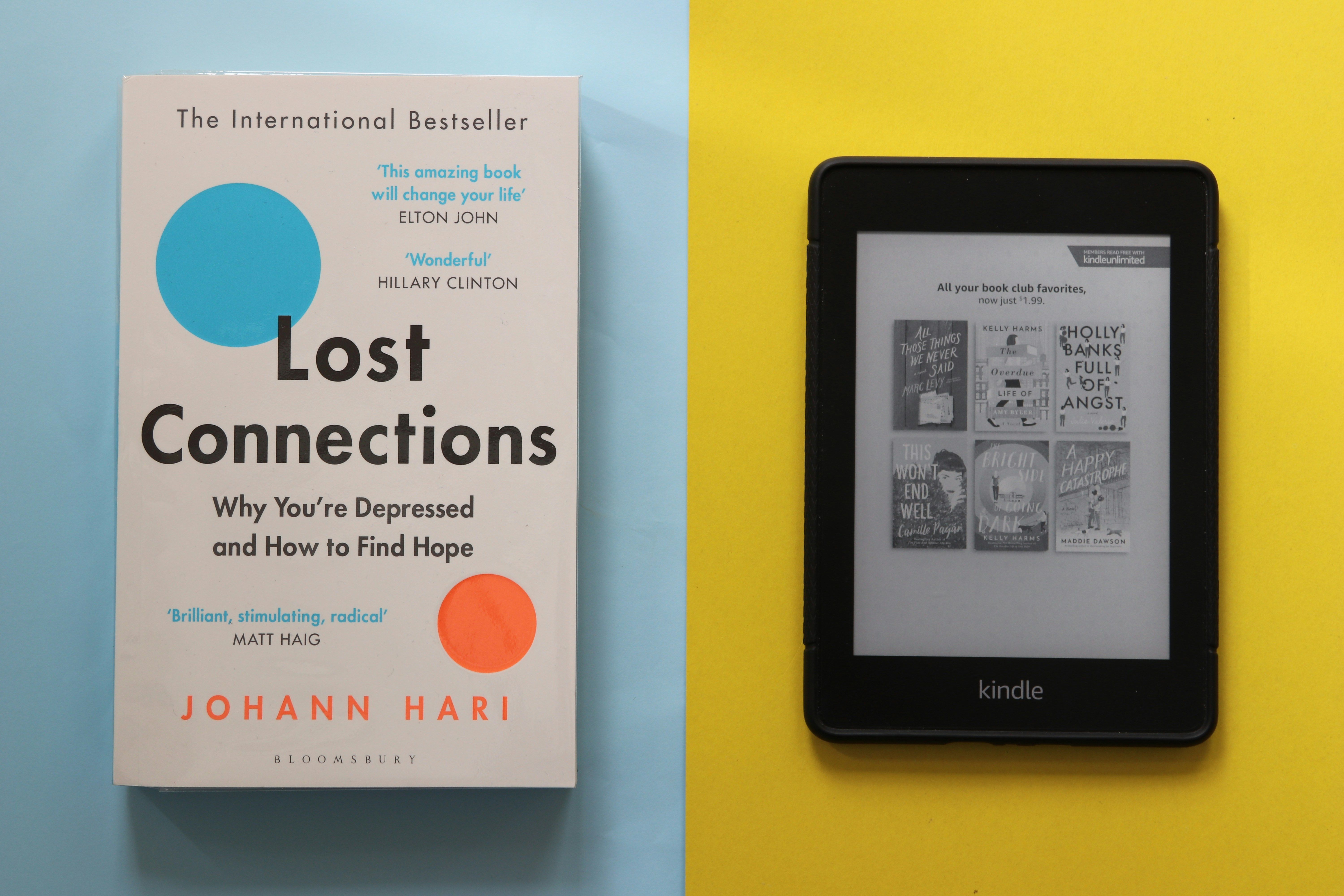Brain-Controlled Interfaces for Apple Vision Pro
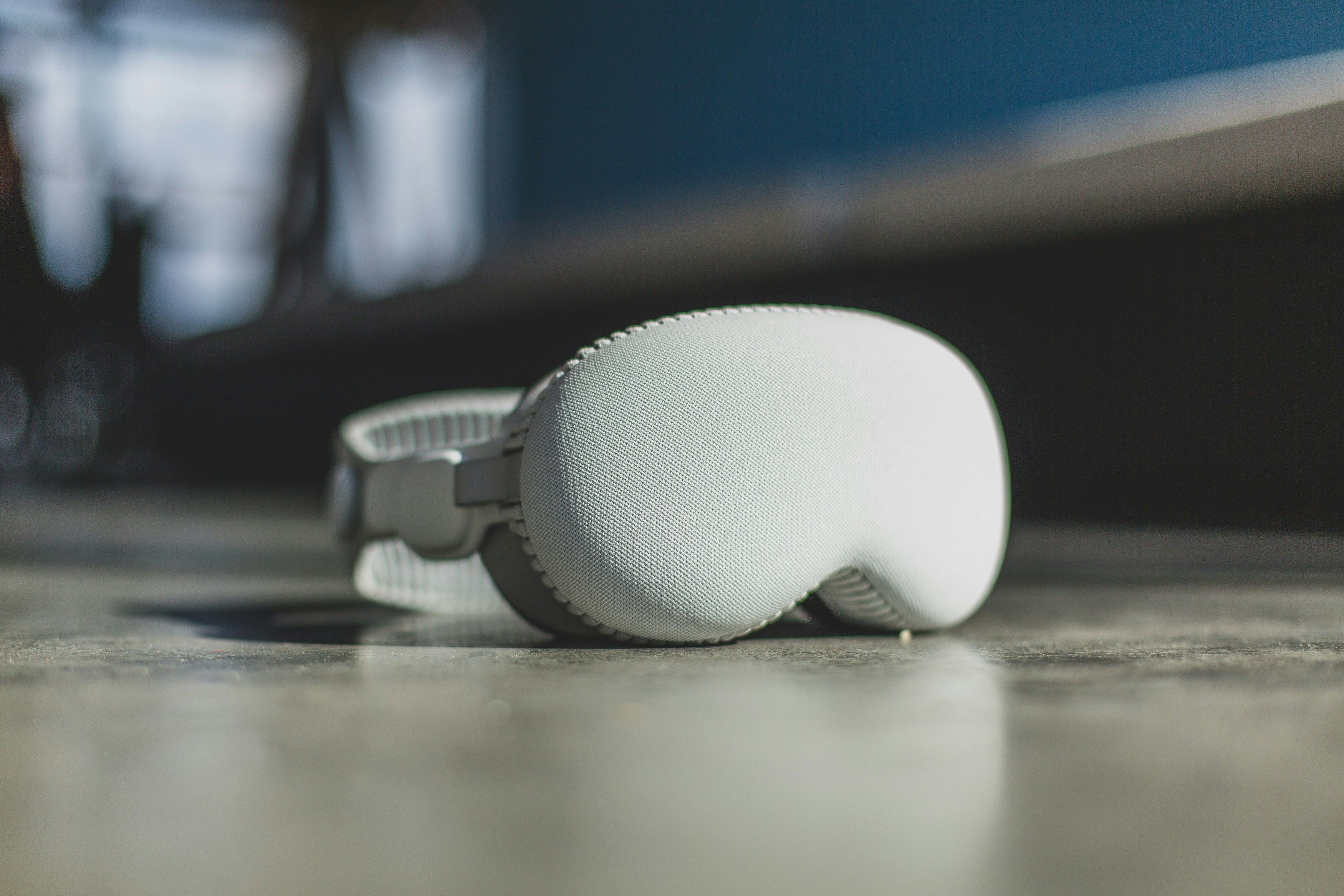
Photo by Bram Van Oost on Unsplash
Augmented reality (AR) and virtual reality (VR) are witnessing a significant transformation with the integration of brain-computer interfaces (BCIs), especially in products like the Apple Vision Pro. BCI technology now allows users to control the headset using nothing but their thoughts, a groundbreaking advancement particularly beneficial for individuals with physical limitations.
BCI technology has evolved to a point where it can interact with various consumer electronics. Particularly for users with mobility or speech impairments, BCIs like the one developed by Synchron offer an unprecedented level of interaction with digital devices, empowering users to operate the Apple Vision Pro headset through direct brain commands.
Groundbreaking Integration by Synchron
Synchron, a leader in neurotechnology, has been at the forefront of BCI development, achieving significant milestones before its peers such as Neuralink. The company's Stentrode BCI, a minimally invasive brain implant, allows users to control devices through thought alone, bypassing the need for physical movement or voice commands.
This technology utilizes a small stent-based electrode implanted in a blood vessel next to the brain, which picks up brain activity and allows users to perform tasks such as playing games, sending texts, and browsing the internet on their Apple Vision Pro. The integration of Synchron’s BCI with the Apple Vision Pro enables users like Mark, a 64-year-old with ALS, to regain a level of autonomy over their interactions with technology, enhancing their quality of life significantly.
Apple Vision Pro’s Accessibility Focus
Apple’s commitment to accessibility shines with the Vision Pro’s design, which originally includes user interaction through eye movements, voice commands, and hand gestures. The addition of BCI capabilities extends this accessibility to those who are unable to use traditional input methods due to physical limitations. This advancement is proof of Apple’s inclusive design philosophy and also sets a new standard for accessibility in the tech industry.
The Groundbreaking Integration of Synchron's BCI with Apple Vision Pro
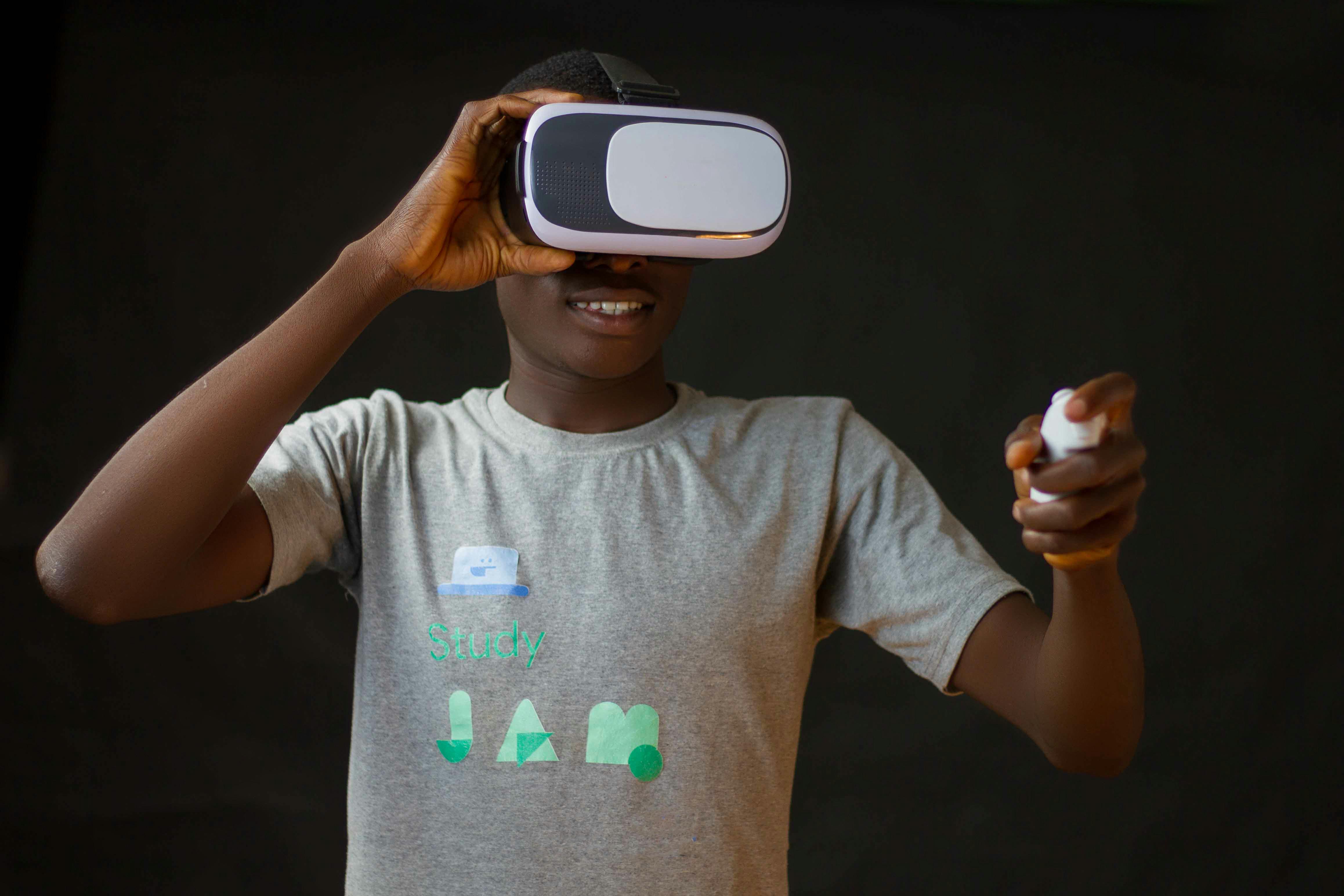
Photo by Areous Ahmad / Pexels
Synchron's Brain-Computer Interface Technology
Synchron's groundbreaking brain-computer interface (BCI), known as the Stentrode, has redefined how individuals with physical limitations interact with technology. This minimally invasive BCI is implanted via the jugular vein without the need for open brain surgery, setting it apart from competitors that require more intrusive procedures. The Stentrode connects to an antenna under the skin in the chest, transmitting brain signals directly to devices like the Apple Vision Pro.
Thought Control to Apple Vision Pro
In a recent industry-first development, Synchron has successfully linked its BCI technology with the Apple Vision Pro headset. This integration allows users to control the headset using just their thoughts, bypassing the traditional need for physical gestures or voice commands. For users like the aforementioned Mark, a patient with amyotrophic lateral sclerosis (ALS), this technology provides a new level of interaction with digital devices, facilitating activities such as playing games, watching content, and sending messages through thought alone.
Impact on Accessibility and User Experience
The integration of Synchron's BCI with Apple Vision Pro marks a significant advancement in accessibility for those with severe physical limitations. By enabling thought control of the headset, users who cannot use conventional control methods due to disabilities gain newfound independence and ease of interaction with technology. This development enhances the user experience and opens up a world of possibilities for how individuals engage with technology, making digital interactions more inclusive.
Transformative Applications and User Experiences
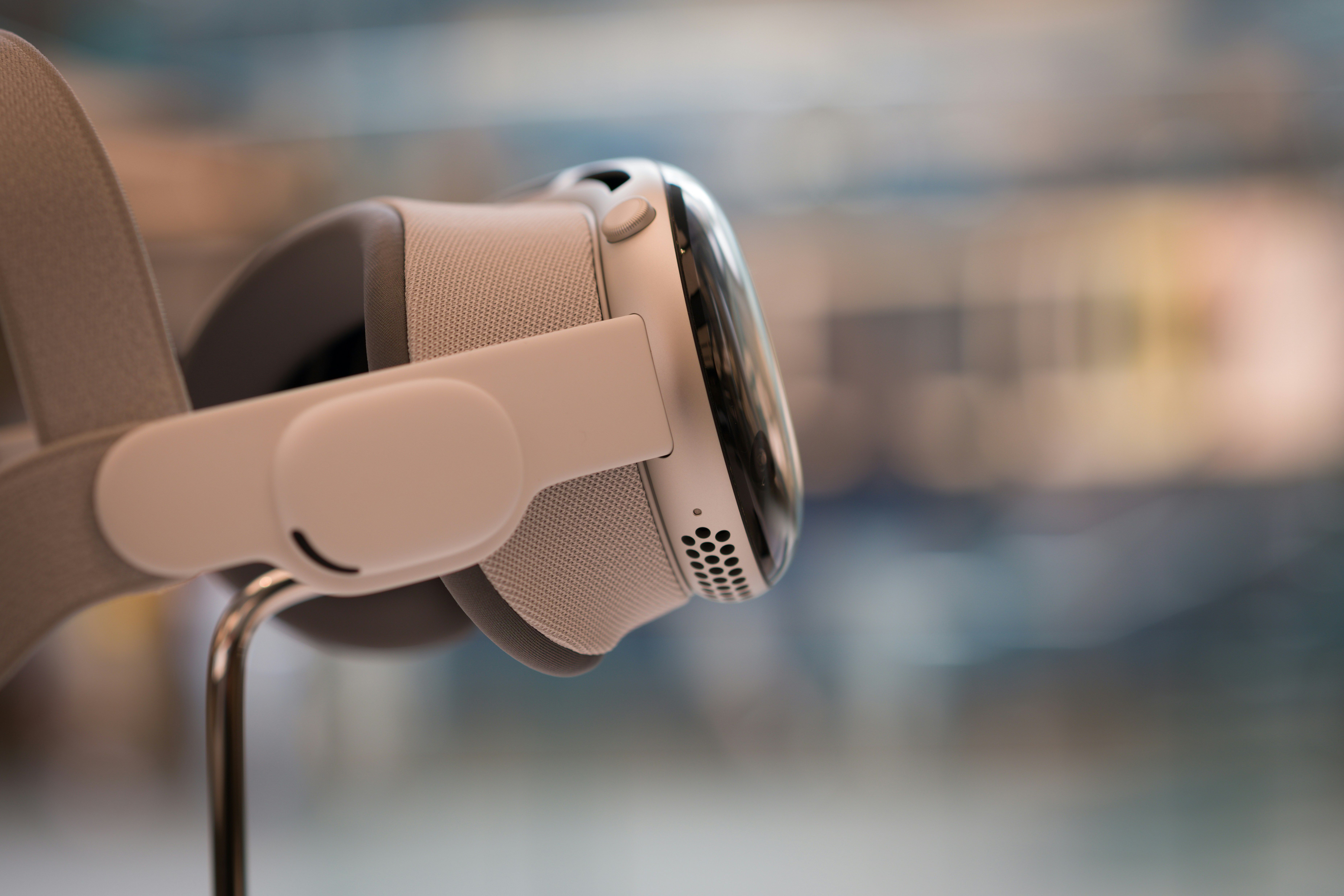
Photo by Declan Sun on Unsplash
Real-life Applications of BCI in Everyday Technology
The practical applications of brain-computer interfaces like Synchron's Stentrode extend beyond novel uses; they are transforming everyday interactions with technology. Users can control various devices—smartphones, computers, and now, the Apple Vision Pro—with unparalleled ease. For instance, everyday tasks that many take for granted, such as sending texts or changing TV channels, are now accessible to those with physical impairments, seamlessly integrating with their digital world.
Enhancing Healthcare through Advanced BCI Implementations
In the healthcare sector, BCIs are revolutionizing both patient care and provider capabilities. Surgeons are using augmented reality headsets like the Apple Vision Pro, guided by BCIs, to perform intricate surgical procedures with greater precision. Furthermore, for patients with mobility impairments, BCIs offer a means to control prosthetic limbs, operate wheelchairs, and interact with other medical equipment, potentially improving quality of life significantly.
Stories from BCI Users: A Glimpse into Newfound Independence
Personal testimonials from BCI users provide compelling insights into the transformative impact of this technology. For example, Mark, despite his debilitating condition, has regained a sense of autonomy by using his BCI to operate the Apple Vision Pro, allowing him to partake in digital activities that were previously challenging. Stories like this highlight the profound personal benefits and enhanced independence that BCIs offer, serving not only as assistive devices but also as empowering tools that reconnect individuals with the world around them.
Technical Insights and Development Challenges
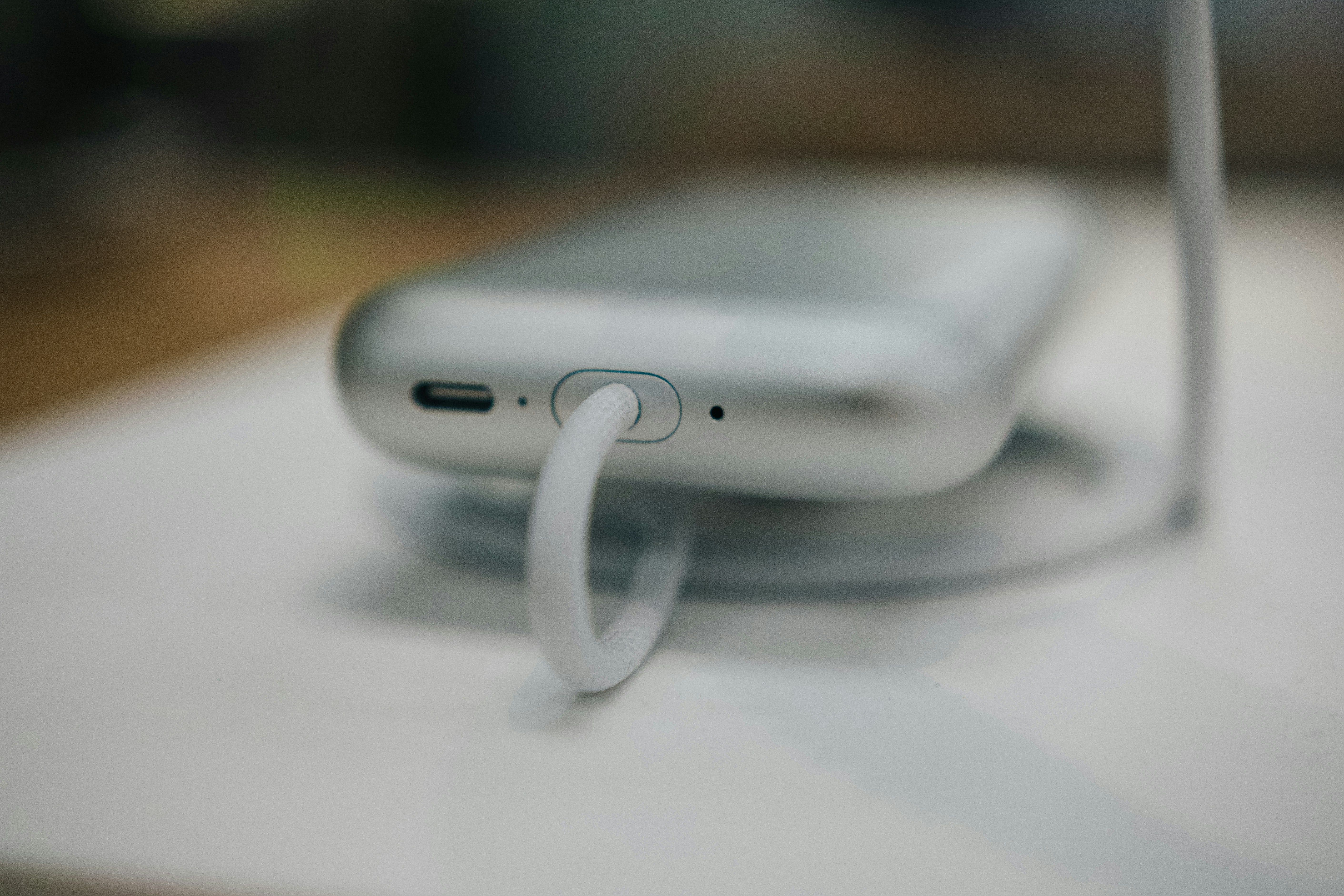
Photo by Semeon Hrozian on Unsplash
The Role of Minimally Invasive Surgery in BCI
Minimally invasive surgery has played a crucial role in the development and application of brain-computer interfaces (BCIs), particularly in devices like Synchron’s Stentrode, which partners with the Apple Vision Pro. Unlike other BCIs requiring craniotomy, Synchron's approach involves inserting the BCI via the jugular vein, positioning it near the brain's motor cortex without the need for open brain surgery. This method significantly reduces the risks associated with surgical procedures and shortens recovery time, making it a safer option for patients with mobility impairments. Such advancements underscore the importance of minimally invasive techniques in the broader adoption of neural interfaces.
Comparisons with Other BCI Technologies
Comparing Synchron’s BCI with other technologies like Neuralink reveals significant differences, primarily in surgical approaches and target applications. Neuralink requires drilling into the skull to implant electrodes directly onto the brain, providing high-fidelity signals but at an increased risk and complexity of surgery. In contrast, Synchron's endovascular approach minimizes these risks by using the body’s vascular system for electrode placement. This difference in approach also influences the type of control each BCI offers; for instance, while Neuralink aims for a wide range of digital interactions, Synchron focuses on practical applications for individuals with severe physical limitations, enhancing their interaction with digital technologies like the Apple Vision Pro.
Future Challenges and Potential for Mainstream Adoption
The mainstream adoption of BCIs, particularly those used in conjunction with consumer technology like the Apple Vision Pro, faces several challenges:
- Clinical Approval - Extensive clinical testing and regulatory approvals are necessary to ensure the safety and efficacy of BCIs. Synchron is still in the process of obtaining FDA approval, a crucial step for widespread commercial use.
- Cost and Accessibility - The development and surgical implementation of BCIs can be costly. Reducing costs and increasing accessibility are essential for broader adoption.
- Public Perception and Ethical Considerations - As with any technology that interacts directly with the human brain, there are significant ethical and privacy concerns to address. Public perception will also play a critical role in acceptance and adoption.
Despite these challenges, the potential for BCIs in consumer technology remains vast. The ability to control devices through thought alone can revolutionize accessibility for individuals with disabilities, offering them greater independence and quality of life. As technology advances and these challenges are addressed, we may see a new era of interaction between humans and digital devices, heralding significant changes in how we live and work.







